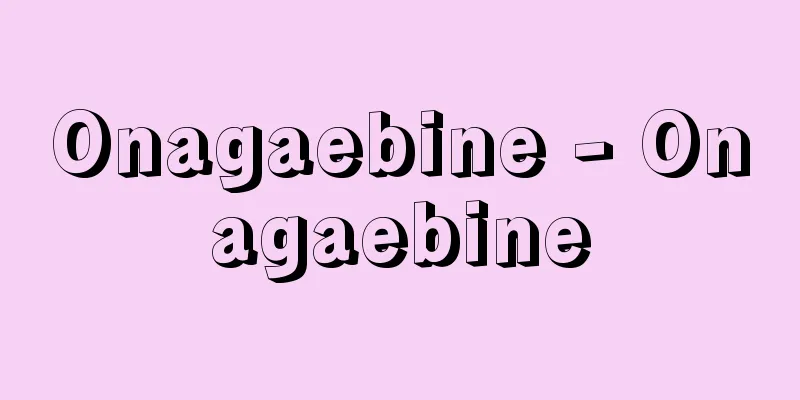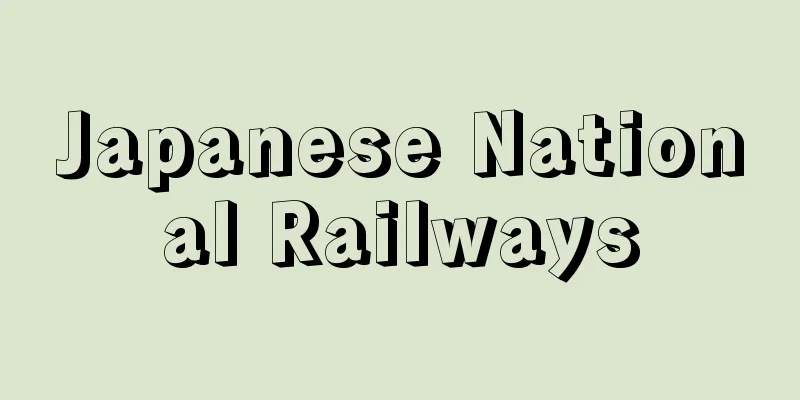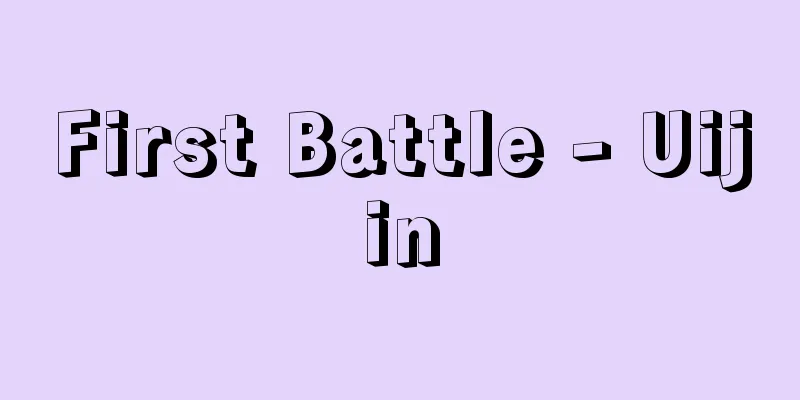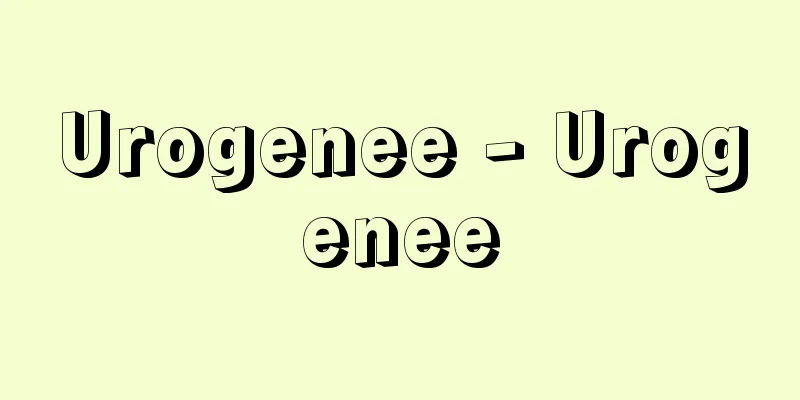One place, one farmer

|
Principles for controlling land and farmers after the Taiko Land Survey. Under the manor system before the Taiko Land Survey, land ownership and possession was based on a single cultivated field, with each class's rights of collection overlapping, such as manor lord - headman - farmer - underfarmer. The Taiko Land Survey eliminated this layered relationship of collection through a policy that denied "sakuai" (intermediate exploitation). For example, the following law was issued in 1587 (Tensho 15) by Toyotomi Hideyoshi's magistrate Asano Nagamasa in Wakasa Province (southwestern Fukui Prefecture): 1. As an adult peasant, there is no need to ask the landowner to collect the tax, the peasants who have been working for the land until now should pay it directly. 2. The adult peasants of the lower classes or the manor officials should not be used by the lower classes for even a moment. Based on this policy, one actual farmer was registered for each plot of cultivated land recorded in the land survey book, and he was guaranteed the right to cultivate it and was obligated to pay taxes, eliminating the "farm cooperation" that had been collected by the headman and adult peasants up until now. This is called the principle of one land, one farmer. As a result, a policy of independence for small peasants was promoted, in which small-scale direct cultivator peasants who had previously been subordinate to senior peasants were made full peasants who paid annual taxes, and the lord and peasants came to have a single relationship of dominance and servitude through the medium of cultivated land. [Kitajima Manji] "The Establishment and Structure of the Shogunate-Fan System by Moriaki Arashiro (1959, Ochanomizu Shobo)" Source: Shogakukan Encyclopedia Nipponica About Encyclopedia Nipponica Information | Legend |
|
太閤(たいこう)検地以後における土地・農民支配の原則。太閤検地施行以前の荘園(しょうえん)体制のもとにあって、土地所有・保有関係は一つの耕地に、荘園領主―名主(みょうしゅ)―作人―下作人など、各階層の収取権利が重なり合っていた。太閤検地は、この重層的な収取関係を「作合(さくあい)」(=中間搾取)否定政策を通じて排除した。たとえば、1587年(天正15)豊臣(とよとみ)秀吉の奉行(ぶぎょう)浅野長政(ながまさ)が若狭(わかさ)国(福井県南西部)に公布した法令には次のように記されている。 一、おとな百姓として下作に申つけ、作あいを取り候儀無用ニ候、今まて作り仕(つかまつ)り候百姓直納仕るへき事 この結果、これまで長百姓(おとなびゃくしょう)に隷属していた零細な直接耕作者農民も年貢を負担する一人前の百姓とする小農民自立政策が推し進められ、領主と農民は耕地を媒介として単一の支配・隷属関係をもつようになった。 [北島万次] 『安良城盛昭著『幕藩体制社会の成立と構造』(1959・御茶の水書房)』 出典 小学館 日本大百科全書(ニッポニカ)日本大百科全書(ニッポニカ)について 情報 | 凡例 |
Recommend
Pelecanus erythrorhynchos (English spelling)
…[Maki Sachiko]. . . *Some of the terminology tha...
Slag - slag (English spelling)
It is a molten oxide, mainly made of silica, that...
Mäule (English spelling)
…Plants of the Gramineae and Bambusaceae families...
Community - Komyunitii (English) community
These loanwords from English, which have rapidly ...
Wang Fan
…There are 283 official stars and 1464 stars in t...
Microclimate - Microclimate
The climate of a small area such as the edge of a ...
Wacker process (English)
…[Koichi Narasaka]. . . [Acetone] …[Koichi Narasa...
Legal Marxism (English spelling: legal'nyi marksizm [Russian])
Around 1901, Lenin used this term as a derogatory ...
Visibility -
A measure of the degree of atmospheric turbidity....
Shibayama [town] - Shibayama
A town in Sanbu District, northern Chiba Prefectur...
Brown bear (Higuma)
The largest carnivore and a mammal of the Ursidae ...
Lilius, A. (English spelling) LiliusA
...So in 1577, Pope Gregory XIII organized a comm...
Leo [XIII] - Leo
Pope of the Roman Catholic Church (reigned 1878-19...
Carl Zeiss Oberkochen [company] - Carl Zeiss Oberkochen
...After World War II, Jena was occupied by the U...
nelson
…Wrestling is said to be the oldest sport in the ...









